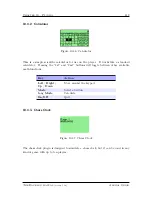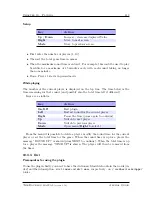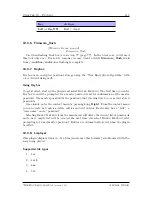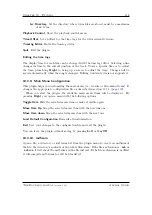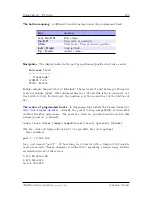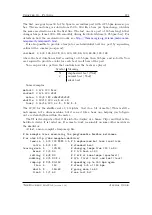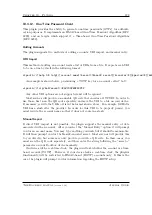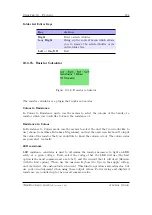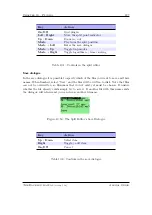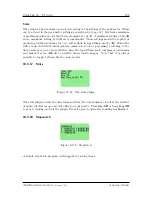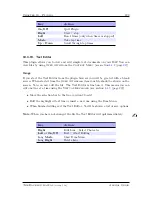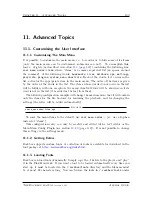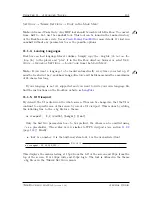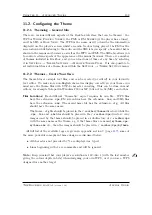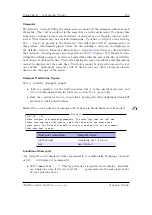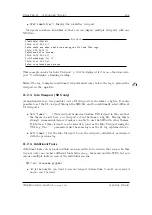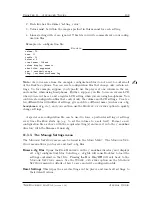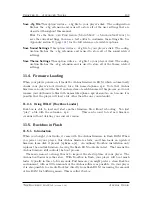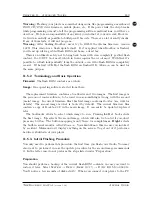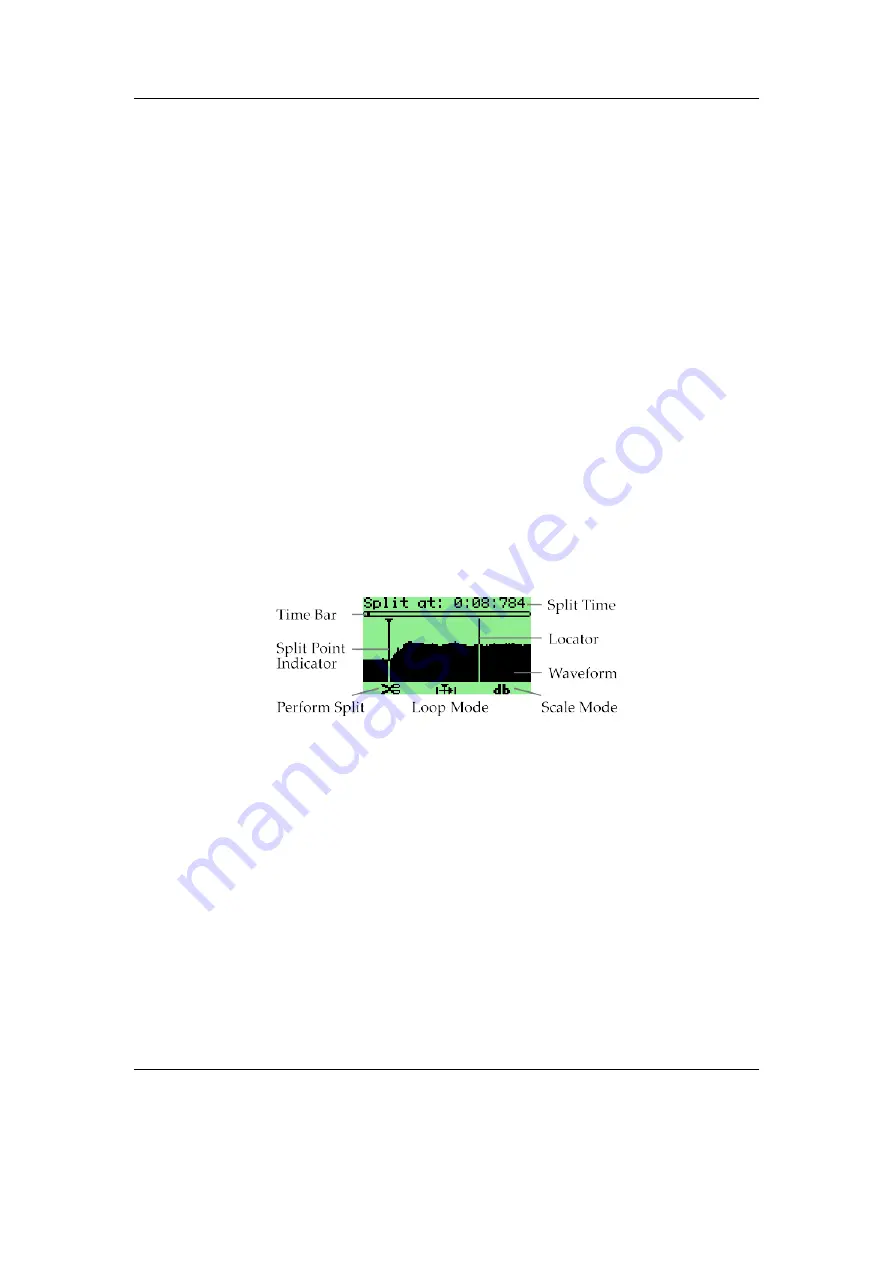
Chapter 10. Plugins
125
10.4.16. Split Editor
When recording an mp3 file, it is common practice to start the recording a little bit
early and stop it a little bit late to ensure all the desired sound is recorded.
This
results in recordings that contain extra snippets of sound in the beginning and the end.
Unfortunately these snippets can not be deleted easily because they are stored in the
same file as the desired recording. The purpose of the split editor is to split an mp3
file (the input file) at a point in time (split point). Two new files can be generated
from the input file. The first file contains the part before the split point and the second
file contains the part after the split point. Once this process has been successful the
original file can be deleted or kept as a backup. The whole process of splitting an mp3
file consists of three steps:
•
Defining the split point
•
Generating the result files
•
If desired deleting the input file (with the browser, not the split editor)
How To Use The Split Editor
When the device plays the song just hit the
On/Off
button to pause, when playback
has roughly reached the split point. This need not be very precise as the split point can
be fine tuned later. A screen similar to the one below will appear.
Figure 10.49.: The Split Editor’s Main Screen
The Split Editor’s Main Screen
The waveform
displays the volume of the song over time. It will appear as the song
plays and help to visually identify the point in time where the split is desired
The split point indicator
is a vertical line with a small triangle at the top end. It is the
most important control element of the split editor. It can be moved with the
Left
and
Right
buttons. Later, when you have fine tuned the split point, the song will
be split at this position.
The split time
At the top of the window a time value is displayed. This is the point in
time within the song at which the split point indicator is positioned.
The Rockbox manual
(version 3.14)
Archos Ondio


